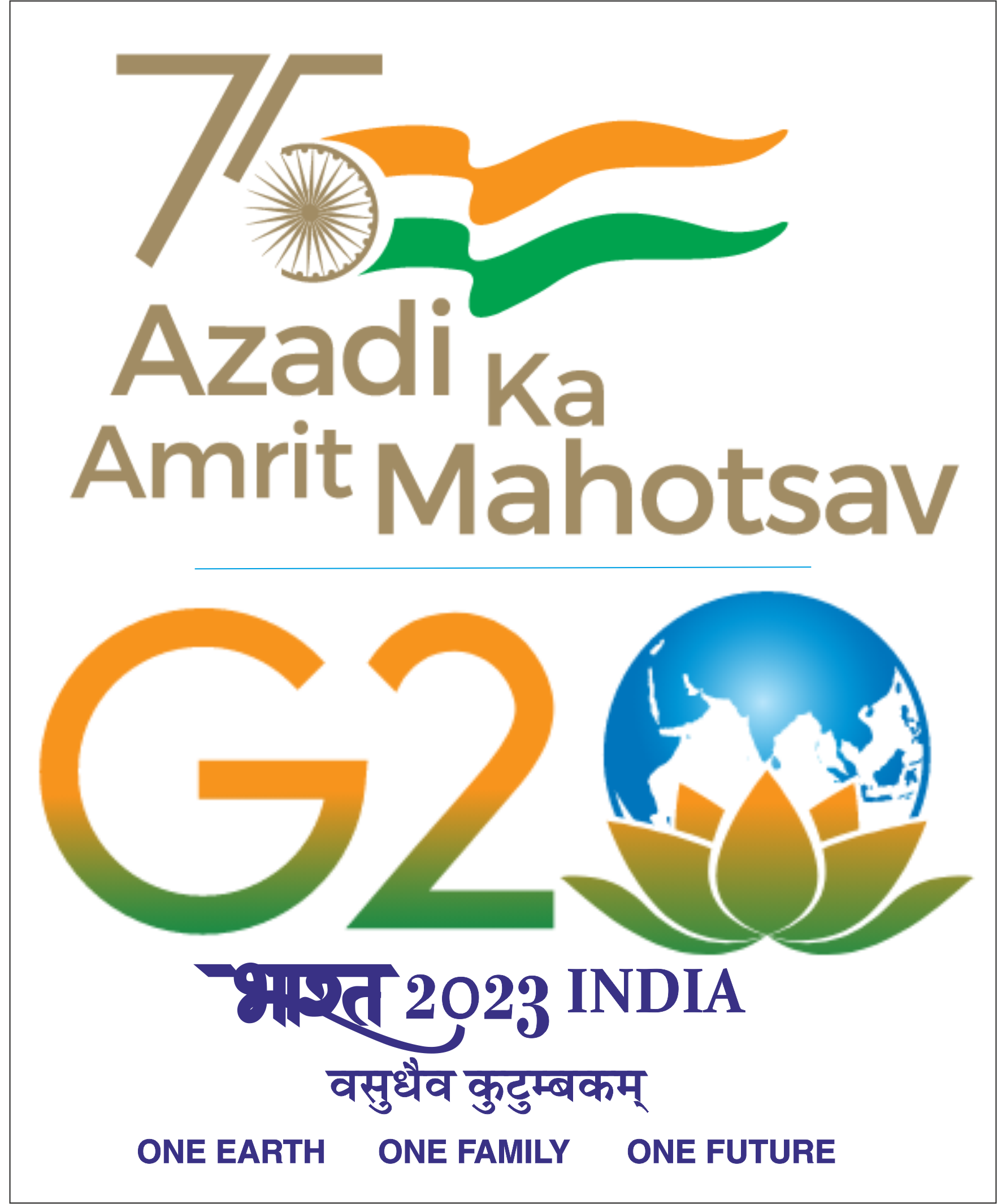Date: 15th March 2023, Wednesday
Time: 1600 - 1700 hrs.
Mode: Online link: https://monash.zoom.us/j/83387461720?pwd=MHpYWXhiZlFkeitVRmNzQ1JQOTRRZz09
Guide: Prof. Pennan Chinnasamy (IITB) and Dr. Tim Peterson (Monash University)
RPC Members: Prof. Bellie Sivakumar (IITB) and Prof. Ian Cartwright (Monash University)
Abstract:
North Gujarat, a semi-arid region of north-western India, is among the most groundwater-over-exploited region. The absence of perennial rivers/ streams and variability in annual rainfall have led to high dependence on groundwater resources. North Gujarat currently extracts 3.33 billion cubic meters of groundwater per year which is 95% of the groundwater resource available in the region, thus, revealing severe overdraft conditions. This indiscriminate abstraction has led to changes in groundwater levels and induced a water stress situation in many districts and blocks of the region. Being an over-exploited region, few studies have addressed the changes in the groundwater levels scenario over the years. However, the research has overlooked identifying the drivers leading to changes in groundwater levels. With this background, this research focuses on the Saraswati and Rupen River basin of the Gujarat plains to assess the impacts of the driver pumping and climate change/variability on groundwater availability during the non-monsoon season. The basin is agriculturally intensive and has a catchment area of 6195.83 km2.
With the selection of the study area, data was collected from various central and state departments and remote sensing on different meteorological, hydrological, agricultural, soil, and hydrogeological parameters. Followed by an exploratory field visit conducted in 2022; a second field visit focused on the central and the southern region of the basin to closely understand the issues related to groundwater and climate change and their impacts on livelihood. A five-set criterion was set to select the villages in the region, following which thirty-nine villages were selected for farmer surveys and ground-truthing. Semi-structured interviews and focused group discussions were carried out with the farmers, NGO staff, and government officials. The interactions helped to gain insights into the current situation of the rivers concerning quantity and quality, groundwater availability and issues faced by the farmers, cropping patterns and techniques practised by farmers, and observed changes in rainfall and temperature patterns and trends. A systematic ground-truth survey was also conducted during the field visit to validate the secondary data obtained through government data records and remote sensing. This field work was done with support from the Development Support Center and Cohesion Foundation Trust.
Based on the data collected and the literature review, the coupled SWAT-MODFLOW hydrological model and open-source HydroSight transfer function noise model were selected to study the basin's water balance and understand the influence of pumping and climate variability/change. Starting with the statistical modelling, the HydroSight model was set up for the basin using the seasonal groundwater head data, daily precipitation, and potential evapotranspiration data. After providing the model inputs, the weighting function, forcing transformation function, soil state variable and fluxes were defined. The model simulation has been carried out on a daily timestep from 1996 to 2020. The model is then calibrated using all three global calibration schemes – SP-UCI, CMA-ES and DREAM. The performance of the model was evaluated using the coefficient of efficiency. As a part of the numerical model, the QSWAT model was set up to estimate the parameters related to atmospheric and surface processes. The input spatial datasets such as the elevation, land use land cover, soil type, weather data, and streamflow data were prepared. The model simulation has been carried out on a daily timestep for 22 years (1996 to 2017), where the first four years (1996 to 1999) were treated as the warm-up period. The model calibration, validation, sensitivity and uncertainty analysis was done using the SUFI-2 algorithm in the SWAT-CUP model. The model was calibrated and validated from 2000 to 2010 and 2011 to 2017, respectively, and the model outputs were compared with the daily observed discharge data.





